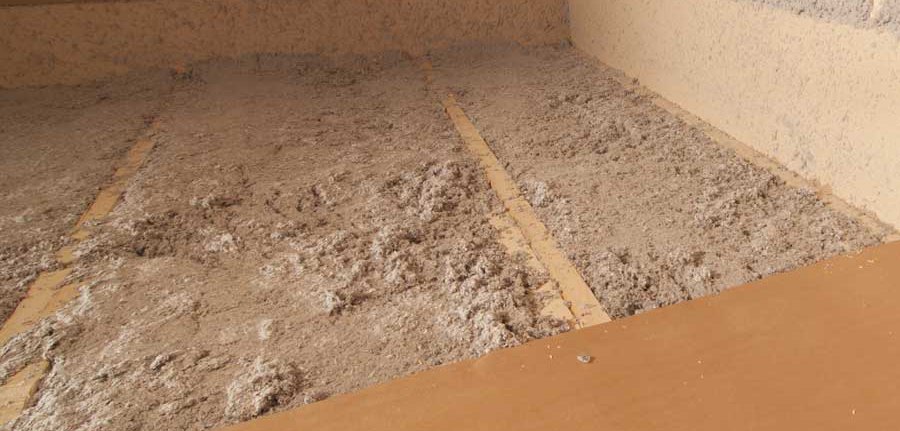
Cellulose Insulation for Your Northern Front Range Home
Cellulose attic and wall insulation is a popular option for many homeowners in Colorado. It’s affordable, environmentally-friendly, and highly energy-efficient.
Schedule your FREE estimate nowIf your home needs new insulation, you may have realized there are numerous insulation types available. However, if you want an environmentally friendly option, you should consider hiring a cellulose insulation contractor. Cellulose insulation is made from about 75 percent recycled newspaper and waste paper that’s been ground into a lightweight material. It is free from toxic chemicals like formaldehyde that can be in other building materials. This type of insulation can improve both comfort and energy efficiency. If this sounds like something you’d be interested in, reach out to our team to discuss your cellulose insulation install.
What You Need to Know About Cellulose
You may be considering cellulose insulation vs fiberglass or other types of insulation. There are two types of cellulose materials. Blown cellulose insulation is a dry fiber that’s blown into enclosed cavities and open attics, while spray cellulose insulation is dampened and sprayed into open wall cavities. Both types of insulation offer an R-value of around 3.5 per inch.
As with other types of materials, there are cellulose insulation pros and cons. Benefits of cellulose include:
- Affordability. It is cheaper than spray foam insulation.
- Soundproofing. When packed more densely than fiberglass, cellulose is a superior sound barrier.
- Energy efficiency. Cellulose can reduce heating and cooling bills by around one-third.
- Fire-resistance. Cellulose is treated with a chemical called borate, which is a flame retardant.
On the downside, it is important to note that cellulose insulation can cost more than fiberglass. In addition, the R-value of blown-in cellulose will reduce over time as the material sags and settles. Cellulose also absorbs moisture easily so it can be prone to rot and mold.
Choose Insulation Pros of Colorado for Your Cellulose Insulation Services
If you want to improve the insulation in your home and reduce your heating and cooling costs, we’re here to help. Insulation Pros of Colorado can handle cellulose insulation installation in:
Contact us today to talk to an expert or get a free estimate for your cellulose insulation install.
Don't Waste Time! Schedule your FREE Estimate Today!
Our Mailing Address
871 Thornton Pkwy #116; Thornton CO 80229
Business Hours
Monday-Friday | 08:00a.m. - 05:00p.m.
(970) 980-6455